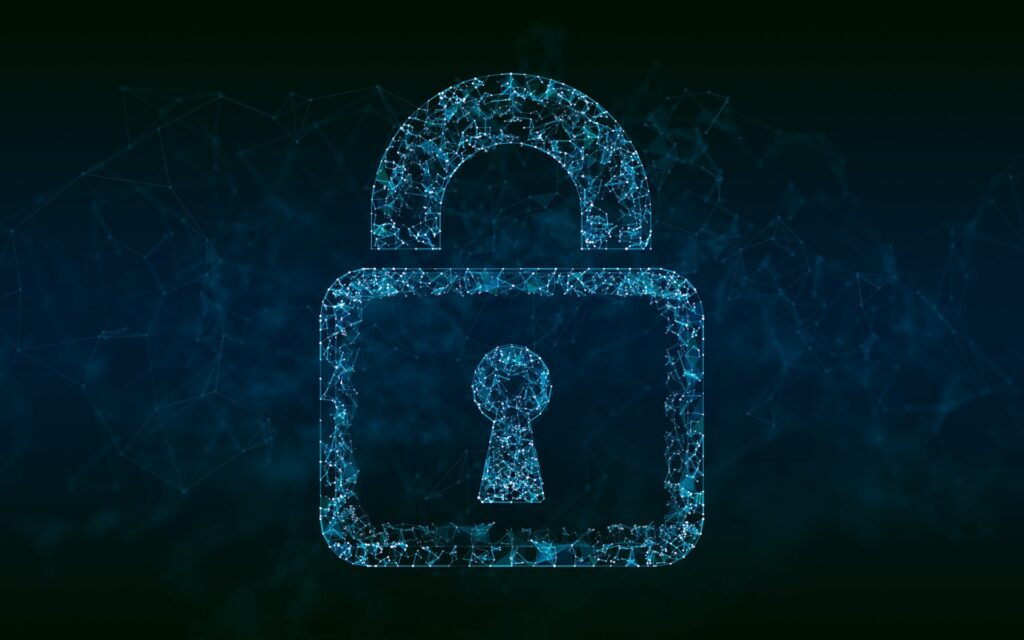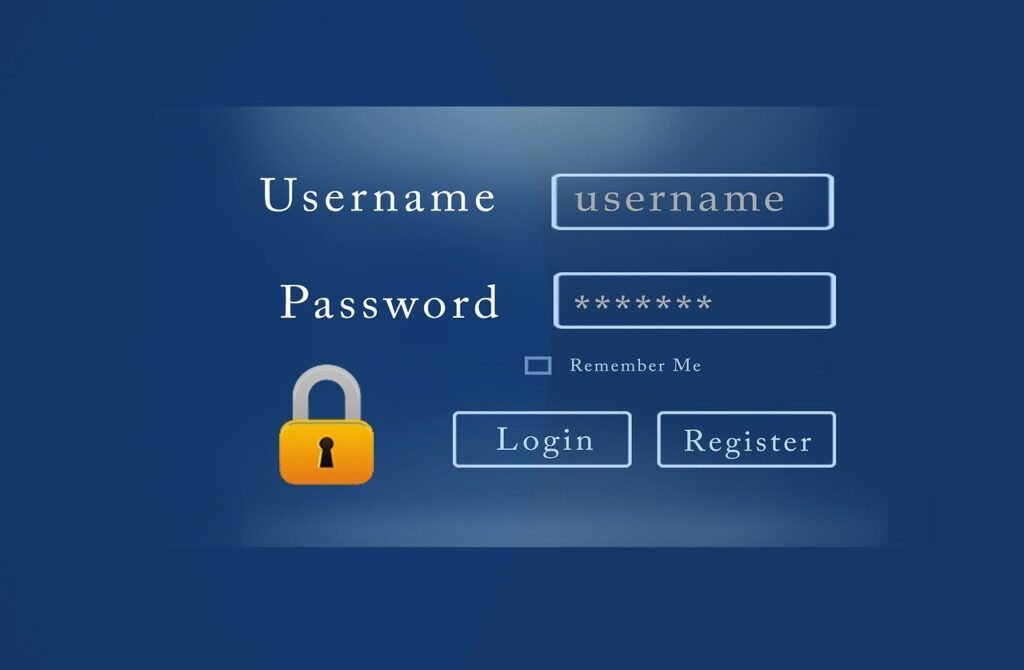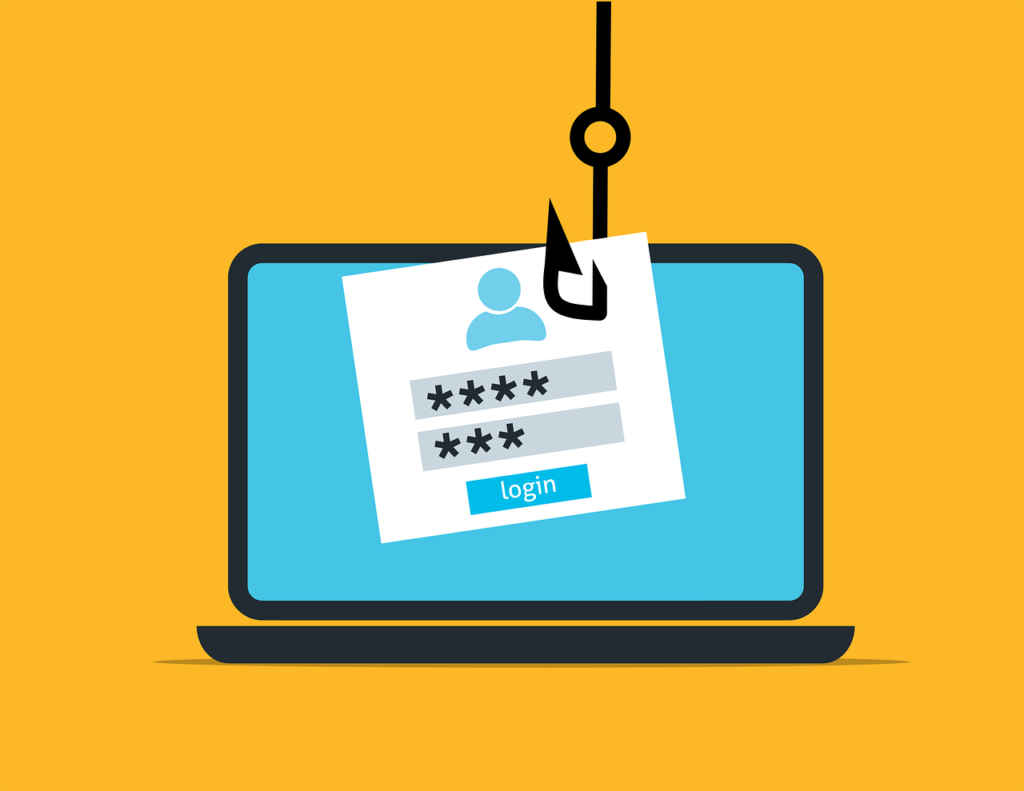
The key aspects of Cybersecurity
1. Protection: Cybersecurity aims to safeguard information and systems from a wide range of threats, including hackers, cybercriminals, state-sponsored actors, and even unintentional human errors. It involves measures to prevent unauthorized access to data and systems.
2. Confidentiality: Ensuring that sensitive and confidential information is only accessible by authorized individuals or systems is a fundamental aspect of cybersecurity. Encryption and access control mechanisms are used to maintain confidentiality.
3. Integrity: Cybersecurity measures are in place to ensure the integrity of data and systems. This means that data remains unaltered and trustworthy throughout its lifecycle. Techniques like data hashing and digital signatures help maintain integrity.
4. Availability: Cybersecurity also focuses on ensuring that systems and data are available when needed. Attacks such as denial-of-service (DoS) or distributed denial-of-service (DDoS) can disrupt services, and cybersecurity measures work to mitigate these threats.
5. Authentication and Authorization: Verifying the identity of users or devices and granting them appropriate access privileges is essential in cybersecurity. This helps prevent unauthorized access to systems and data.
6. Vulnerability Management: Identifying and addressing vulnerabilities in software, hardware, and configurations is a proactive approach to cybersecurity. Regular updates and patches are applied to mitigate these vulnerabilities.
7. Incident Detection and Response: Cybersecurity teams employ tools and techniques to detect and respond to security incidents quickly. This involves monitoring network traffic, analyzing logs, and implementing incident response plans.
8. Education and Awareness: Cybersecurity is not just about technology; it also involves educating users and employees about safe online practices, recognizing phishing attempts, and understanding the risks associated with their digital behavior.
9. Regulatory Compliance: Many industries and organizations are subject to cybersecurity regulations and compliance requirements. Meeting these standards is crucial to avoid legal and financial penalties.
10. Ethical Hacking: Some organizations employ ethical hackers (penetration testers) to identify vulnerabilities in their systems and networks before malicious actors can exploit them



